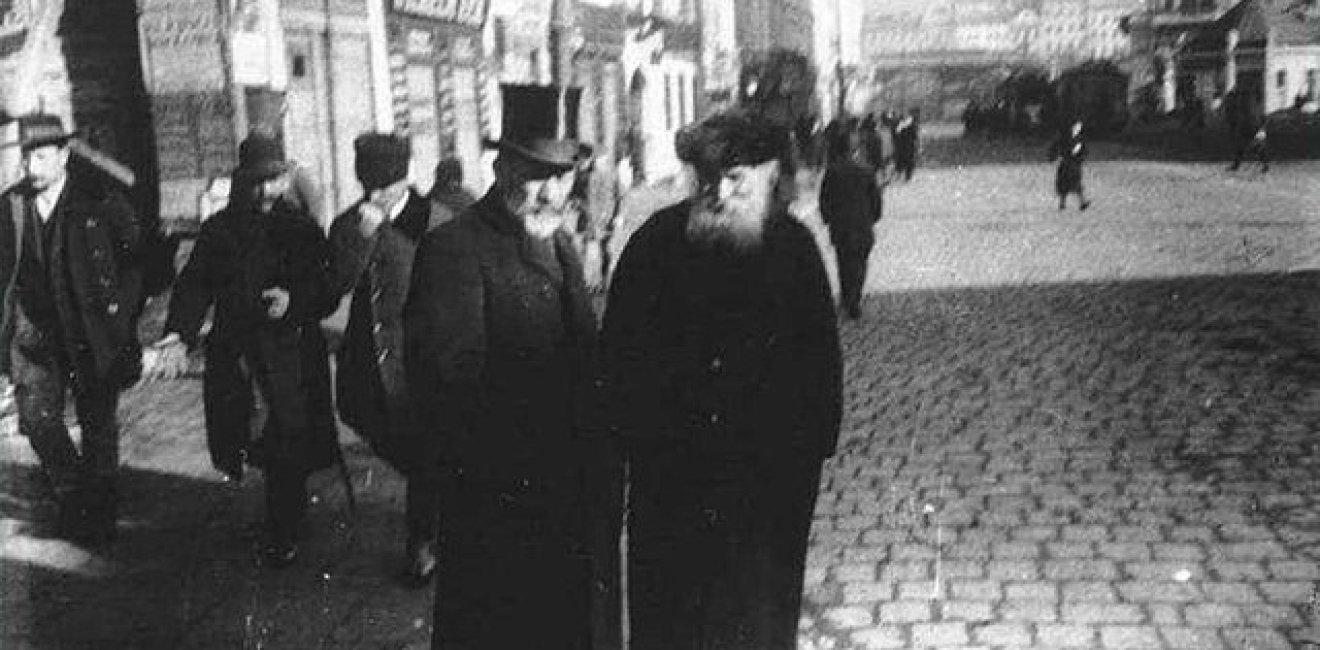
A blog of the Kennan Institute
Ukraine’s shifting 20th-century borders complicate the meaning of ideas like “Ukrainian art” and “Ukrainian culture.” Many groups have lived on the territory of today’s Ukraine and many territories of Ukraine have been included within the borders of different political states. This is particularly true of Lviv, where Poles, Jews, Armenians, Austrians, as well as Ukrainians, have long added to the local culture. Art historian, writer, and poet Bohdana Pinchevska dives into the center of these varied contributions in her book Art by Jewish Artists of Galicia in the Years 1900–1939 which, though published in 2013, is getting a new look in light of the current war.
Pinchevska’s groundbreaking work began with her dissertation for the National Academy of Fine Arts and Architecture in Kyiv. The Academy required graduate students to write dissertations examining topics related to some aspect of the arts located in Ukraine. Firm in her decision not to explore anything from the Soviet period, she began to look for topics connected to pre-Soviet art or art from locations not incorporated into the Soviet Union at the time. She also wanted a topic outside the mainstream that would be of interest to her.
These constraints led her to Galicia and Lviv early in the 20th century, and to the fascinating story of secular Jewish artists who emerged there. This school of art flourished from 1900 until 1939, when it collapsed during the Holocaust, leaving few traces.
Pinchevska begins her story with the Jewish sector at a European industrial and art exhibition in Paris in 1900. Artists from around Europe brought together decorative, applied, and sacred art depicting Jewish life. The Kraków School of Fine Arts, the leading art institution in Galicia, had already become one of the few educational institutions in the region to admit Jewish students after oil prince Maurycy Gottlieb showed up to study with Jan Matejko. The talented Gottlieb impressed Matejko, who committed himself to the open enrollment of Jewish students following Gottlieb’s untimely death.
Matejko encouraged a vision of national art depicting key moments in history. Gottlieb, his favorite student, embraced this notion and eventually emerged as the father of Jewish secular art. While much has been written about Gottlieb, there was no monograph examining his connections to Ukraine when Pinchevska began her research, even though he was born in Drohobych.
Pinchevska set out to fill this scholarly lacuna. She settled on students at the Kraków School who had entered “Judaism” under “Religion” in their applications but pursued art that was secular and connected with the rising modernism of the period. Their integration into the European and national art worlds led some to question whether there even was such a thing as a distinctive Jewish secular art.
Pinchevska argues that two general schools of secular Jewish art emerged: a Ukrainian community revolving around the Gottlieb family and a Polish line focused on Samuel Hirszenberg, the distinguished painter of Jewish life. Jewish artists studied together and hung out together in Kraków, Warsaw, Paris, and, eventually, Lviv.
They often brought significant collections of Jewish art with them when they returned to Lviv, where the Lviv Polytechnic Institute became a center of debate around what made Jewish art Jewish. This lively scene continued into the interwar period, only to be destroyed by the arrival of the Soviets, and then the Nazis, and the unleashing of the Holocaust in 1939.
Pinchevska and other art historians and cultural critics coming of age following Ukrainian independence have provided an important foundation for exploring the nature of Ukrainian art that transcends the confines of ethnic boundaries. She makes a compelling case that it is not possible to understand Lviv’s cultural heritage without incorporating all the artistic strands that have come together in the city. The same holds for Galicia and for Ukraine more generally. What might have remained an obscure doctoral dissertation on a buried topic has taken on broad significance and now stands at the center of a national debate over what Ukrainian culture is and is not.
The opinions expressed in this article are those solely of the author and do not reflect the views of the Kennan Institute.
Author

Former Wilson Center Vice President for Programs (2014-2017); Director of the Comparative Urban Studies Program/Urban Sustainability Laboratory (1992-2017); Director of the Kennan Institute for Advanced Russian Studies (1989-2012) and Director of the Program on Global Sustainability and Resilience (2012-2014)

Kennan Institute
After more than 50 years as a vital part of the Wilson Center legacy, the Kennan Institute has become an independent think tank. You can find the current website for the Kennan Institute at kennaninstitute.org. Please look for future announcements about partnership activities between the Wilson Center and the Kennan Institute at Wilson Center Press Room. The Kennan Institute is the premier US center for advanced research on Eurasia and the oldest and largest regional program at the Woodrow Wilson International Center for Scholars. The Kennan Institute is committed to improving American understanding of Russia, Ukraine, Central Asia, the South Caucasus, and the surrounding region through research and exchange. Read more

Explore More in Focus Ukraine
Browse Focus Ukraine
Talking to the Dead to Heal the Living

Ukrainian Issue in Polish Elections


